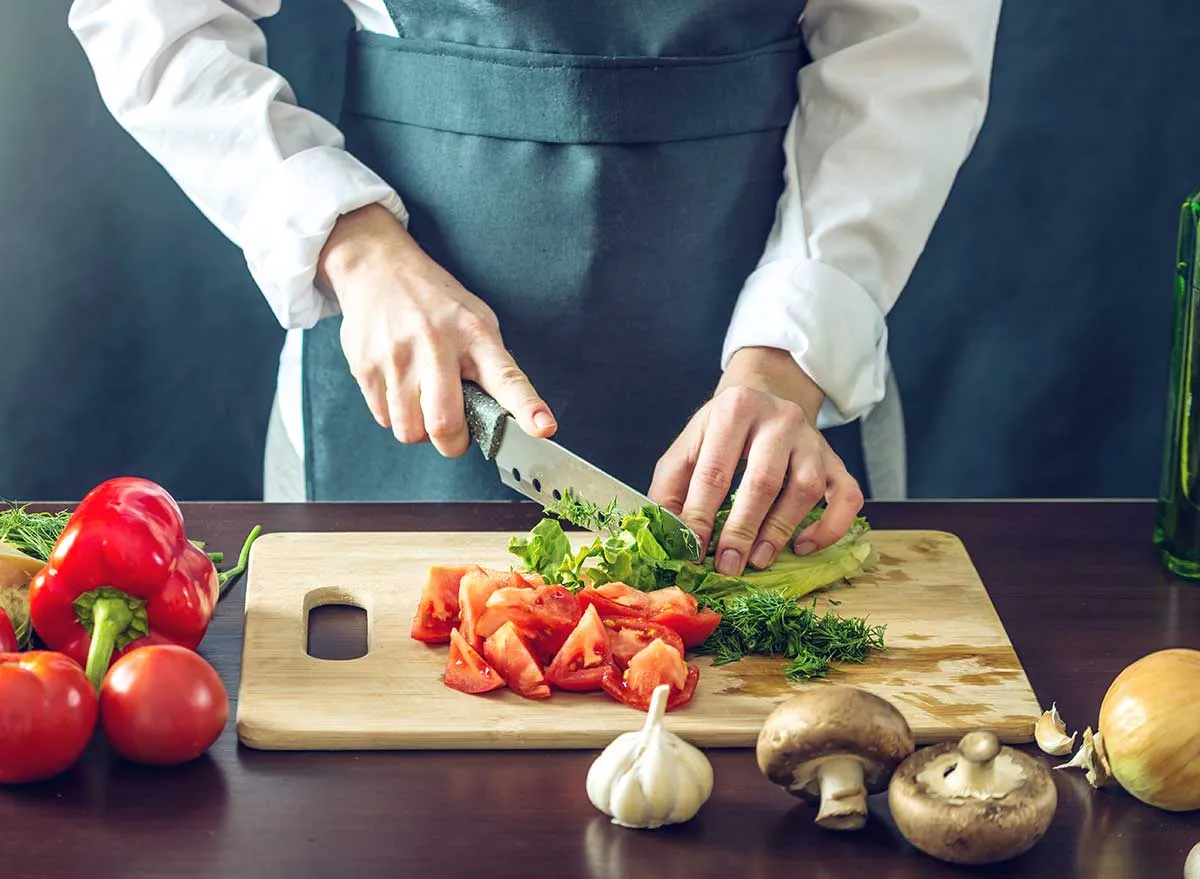We have all been there: chopping vegetables, herbs, or meats on a slippery cutting board that just won't stay put. For kitchen professionals, this can be not only frustrating, but dangerous. Today, we will explore how to stop cutting board from sliding with unmissable and life-changing techniques. Get ready to say goodbye to sliding cutting boards, and hello to a safer, more efficient workspace!
Whether you are a professional chef in a bustling kitchen or a home cook taking your culinary skills to the next level, your tools must work effectively. One commonly overlooked issue is the cutting board's stability. This article will guide you through various methods to ensure that your cutting board remains stationary during food prep.

Understanding the Importance of Stability
Before delving into the terrific tips to keep your cutting board in place, it's vital to understand why a stable cutting board is essential. A stable surface minimizes accidents, enhances precision in cutting, and saves time. Here are a few reasons to take this matter seriously:
- Safety: A sliding cutting board increases the risk of accidents, resulting in injuries that can be serious.
- Precision: A stable board allows for more accurate cuts, improving the final presentation of your dishes.
- Efficiency: A fixed board means you can work faster without needing to correct your cutting surface constantly.
Common Reasons for a Sliding Cutting Board
Understanding the reasons behind a sliding cutting board can help you come up with suitable solutions. Here are the most common factors:
- Material: Certain materials, such as plastic, are more prone to sliding compared to wood or bamboo.
- Surface: A smooth countertop can contribute to sliding; textured surfaces are more supportive.
- Moisture: Water or moisture on the surface can make your board slippery.
Remarkable Solutions to Keep Your Cutting Board Steady
Now that we know why cutting boards slide, lets look at some exceptional methods to stop them from moving:
1. Use a Damp Cloth or Towel
This is one of the simplest and most effective solutions. By placing a damp cloth or a non-slip towel underneath your cutting board, you can create a barrier that reduces friction, keeping the board in place. Ensure the cloth is damp and not soaked, as excess water can lead to potential slips.
2. Invest in a Non-Slip Cutting Board Mat
Another terrific recommendation is purchasing a non-slip mat designed specifically for cutting boards. These mats can be found at culinary supply stores or online. They provide excellent grip and can easily be cut to size, making them an effortless solution.
3. Use a Rubber Shelf Liner
A rubber shelf liner can be a game-changer. Cut a piece that fits your countertop, and place your cutting board on top. The rubber texture will create substantial surface friction, ensuring your board remains stable. Additionally, it is also easy to clean!
4. Create a Custom Cutting Board Base
If you're feeling crafty, you could create your anti-slip cutting board base. Consider gluing rubber feet to the corners of your cutting board. Not only will this create friction, but it will also give your board a unique look. Make sure to choose rubber materials that can withstand moisture and heat.
Using the Right Cutting Board Material
Choosing the right material for your cutting board can also reduce slippage. Wooden cutting boards typically provide more grip than their plastic counterparts. If youre looking for guidance on maintaining your wooden cutting board, you can check out this cleaning guide. Additionally, consider boards made from bamboo or other natural materials.
How to Maintain Your Cutting Board Stability
Once you have your board secure, maintaining stability is also essential. Heres how:
- Cleanliness: Frequently clean and dry the board to avoid moisture build-up.
- Regular Maintenance: Oiling wooden boards prevents dryness and ensures longevity, which can reduce the risk of slipperiness as well.
- Proper Storage: Store your boards flat and avoid stacking them in ways that might warp or damage them.

F.A.Q. Section
1. Can I use a cutting board on a glass countertop?
Yes, but ensure you employ anti-slip solutions, as glass can be particularly slippery.
2. Is it safe to use a plastic cutting board?
Yes, plastic boards are safe, but ensure you use a damp cloth or rubber mat underneath to prevent sliding.
3. How often should I replace my cutting board?
This largely depends on the condition of the board. Check regularly for deep cuts and grooves that can be tough to clean. If you find them, it may be time for a replacement.
Removing Sticky Residue and Dealing with Deep Cuts are crucial parts of maintaining a cutting board's functionality. You can also learn how to make a cutting board with various woods and understand cleaning techniques that will enhance its performance.
As an Amazon Associate, I earn from qualifying purchases.


























